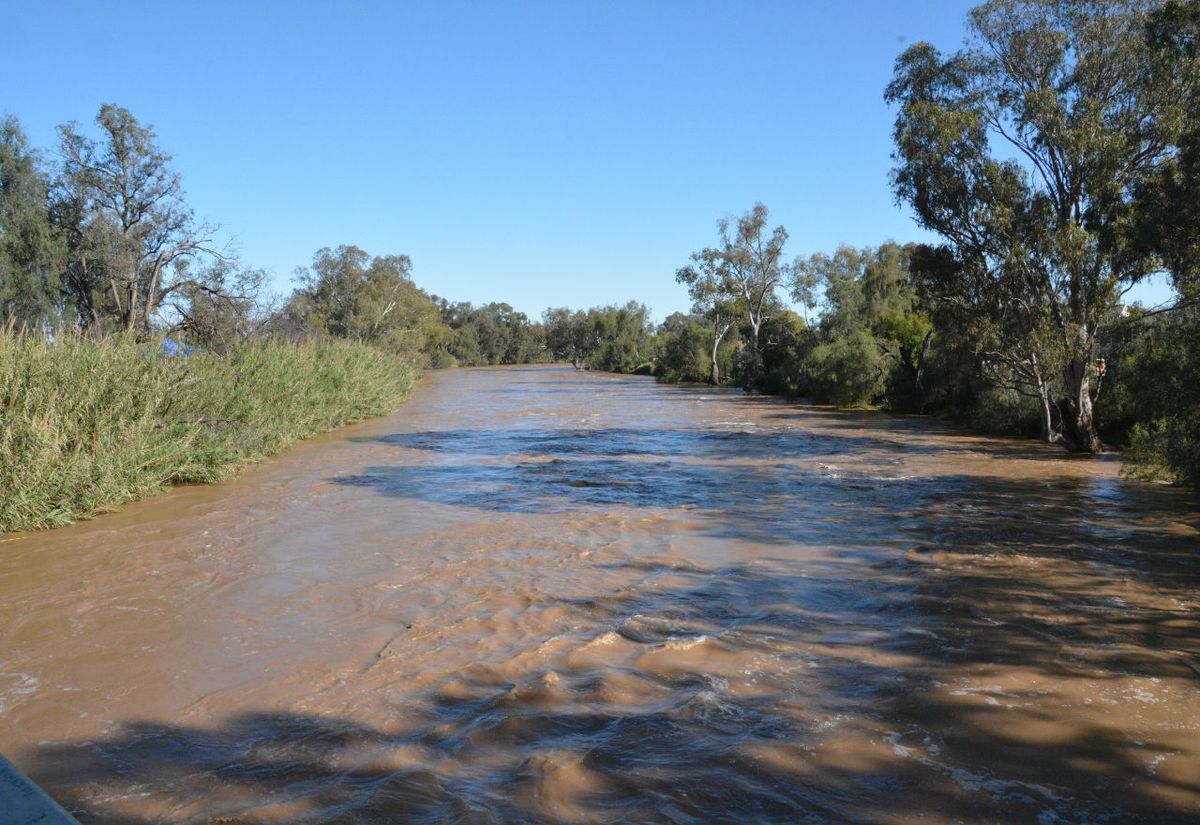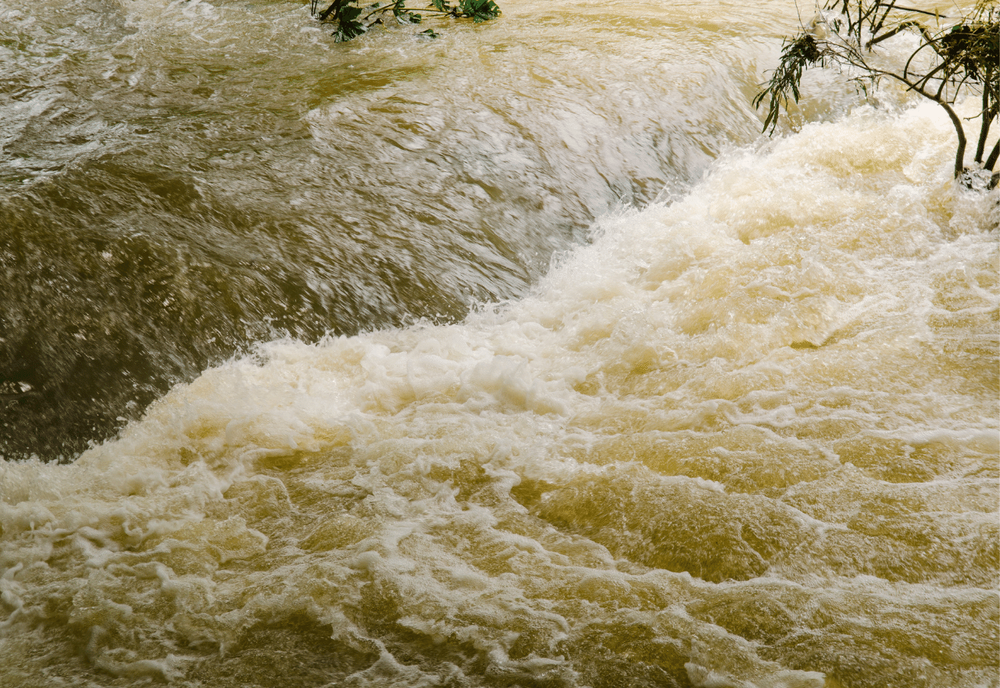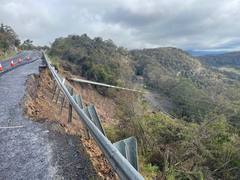Draft water strategy released
Lee O'Connor
15 October 2022, 8:40 PM
 The Castlereagh river in full flow on Monday October 10.
The Castlereagh river in full flow on Monday October 10.WITH the Castlereagh running a banker and even the most minor creeks full to the brim, it might be hard to turn our thoughts to the times when water is scarce, but the final draft of the NSW Government's Macquarie-Castlereagh Water Strategy has just been released and the community is being asked to have their say on water security into the future.
The strategy has been years in the making, with the first round of public exhibition occurring amid the on-again off-again lockdowns of 2020.
"That consultation was very much about trying to understand all the water-related challenges in the region," said Shagofta Ali, Director Regional Water Strategies with the Department of Planning and Environment (DPE).
"We had invested heavily in water data modelling and we wanted to put all that on the table so all the issues and options could be discussed with the community."
The strategy combines the Macquarie, Castlereagh and Bogan river systems as well as alluvial and deeper water sources such as the Great Artesian Basin in order to remain aligned with the Murray Darling Basin Authority's plans.
Last time around the Macquarie-Castlereagh Strategy received 56 submissions with 100 individuals involved in the consultation, including 43 who attended discussions in online webinars or by telephone.
The revised plan has taken into account the main issues raised and Ms Ali says the new version tries to focus on the critical water challenges faced by the region.
These include the high level of uncertainty around water security along the Castlereagh, where the majority of town and rural water supplies are usually sourced from artesian and sub-artesian bores rather than the river itself.
"The Castlereagh is incredibly variable, we need to do local level investigations to see what we can do to support industry and communities into the future," Ms Ali said.
"So there's local level type of actions that we need to support councils to do. But in addition to that, there's strategic and longer term actions."
"The only way for us to understand whether the water levels under the ground are staying the same or decreasing is having long term monitoring, having water models of the groundwater source and understanding over decades whether they're declining or staying the same."
"But then it's also about if we start to see a more variable or a changing climate then and the region and the region is so heavily dependent on agriculture and water dependent industries, what do we need to do to support the region and the economy?"
Ms Ali says the strategy proposes different kinds of support for larger regional centres, the cotton/irrigation industry and grazing and livestock producers, as well as protecting downstream communities, the Macquarie Marshes, Indigenous water rights, water quality and fish movements.
The latest Strategy has seen management options shortlisted from 50 to 29, and these options will be included in a 20-year implementation plan.

Some of the key actions include creating water savings through the changed operation of regulated effluent creeks in the lower part of the Macquarie and doing further investigations on replacing the Gin Gin Weir.
Infrastructure projects are proposed for sections of the Macquarie, including flood mitigation storage in Burrendong Dam and a regional pipeline connecting Dubbo to Nyngan and other towns.
Strategies for the Castlereagh focus more on future research and providing better tools and information to councils and water users to make their own decisions.
The community is invited to provide feedback on the plan before 1 November 2022 and face to face consultation sessions are planned for Warren, Dubbo and Orange when the latest flooding risk has passed.
So far details of how to make comment have been advertised in Dubbo, Orange and Bathurst newspapers only with other residents across the Macquarie-Castlereagh catchment expected to source information through social media.



